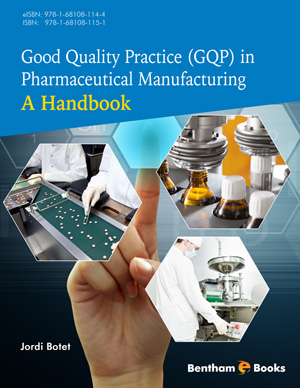Abstract
Utilities are the blood who keeps alive and functional a pharmaceutical plant. Utility systems are very diverse and range from electricity to compressed air but they share the common fact of possessing points of use. They can be divided into “industrial” utilities which may interact with equipment but not with products and “pharmaceutical” utilities that may interrelate with both. These latter are critical and as such they have to be qualified and closely monitored. This is the only way for ensuring that they do not affect negatively the quality of the products. Utilities are normally tailor-made for each plant and as such a good study of their design is essential. Two utilities are particularly relevant: HVAC and water for pharmaceutical use. The HVAC system, in combination with the internal architecture, provides the controlled setting for the development of the pharmaceutical operations. Any failure puts at risk the production environment. The water for pharmaceutical use is a utility which provides water for cleaning but also water for compounding. This latter function turns water into a very particular starting material. It is obtained in situ and differently from other starting materials it is often used before formal sampling, testing and liberation by QC. This explains why it is one of the points of highest level of risk in a pharmaceutical plant. This chapter analyzes all these aspects and provides keys to the most effective approaches for protecting the quality of products.
Keywords: AHU, biofilm, compressed air, dehumidifier, dew point, distiller, dust exhaust, EDI, HVAC, lighting, nitrogen, passivation, pipework, P&IDs, point of use, RO, steam, storage, water for pharmaceutical use, welding.






















